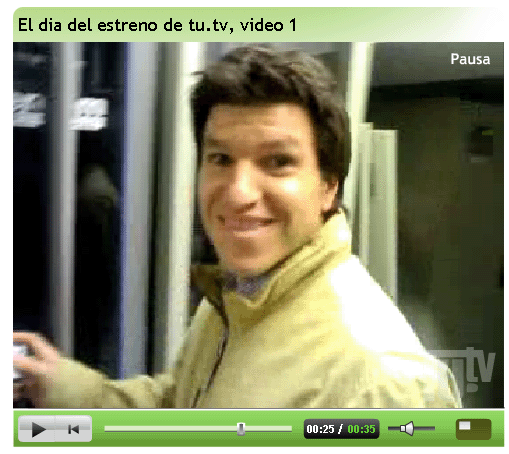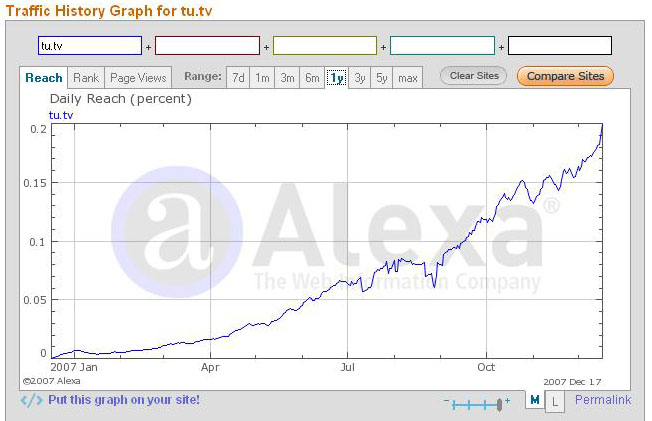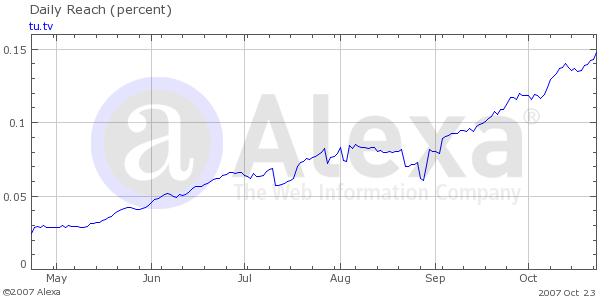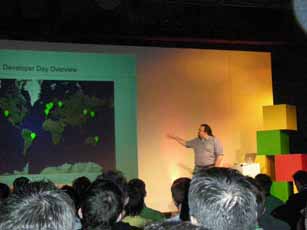A Harvard Business Review article identifies
four deficiencies of corporate executives when working in startup and small business environments. The four deficiencies are in fact great qualities for Executives in a corporate environment, but become their Achilles’ heel in entrepreneurial work.
High uncertainty, knowledge intensive tasks, and a rapidly changing market sector are a fact of life for startups and entrepreneurs. Training, experience and value system for a competent proffessional administrators give rise to difficulties adapting in startups in the four following ways.
The first tendency is lack of loyalty to comrades. Startups require strong leadership, and great faith from the staff. Startups have great uncertainty, no guaranteed results, little rational assurances. The entrepreneur must offer a great vision, and a sense of a life altering opportunity. The entrepreneur must give of himself and the company (equity). He must be loyal above and beyond, to expect loyalty back. The usual corporate paycheck and pension plan are not enough.
The second tendency is lack of task orientation. Executives are used to large scale service delivery and product improvement operations, where a portfolio of services must be cultivated, maintained and optimized for volume and maximum margins. The resulting inability to learn and see to the detail and finish of individual tasks makes for poor execution and finish of tasks. The cliche is their total reliance on delegating to staff in order to operate.
The third tendency is lack of conviction and single mindedness. Typically and executive will insist on guaranteed results. “But that is not guaranteed” is the cliche phrase. Without a high likelihood of results, the ultra rational executive finds it hard to commit; you need faith here. Startups create businesses where corporations dare not go; the zones of uncertainty.
Fourth and last is the inability to work in isolation. Executives excel through their negotiation, their team leading, their excellent communication and administration. In typical 10 staff startups, these same skills are secondary. The executive is unable to be productive without somebody sitting next to him.
As a former executive, used to directing business units with hundreds of staff, I can vouch that the four deficiencies are valid and representative of the corporate class. The deficiencies are due not just to lack of experience and training, but also prejudices, mis-conceptions and an unflexible value system. “you are too technical” often being the ultimate insult from one executive to the other. It has taken me a lot retraining, and some soul searching, to be a fully useful player in a startup.
For enterprising MBAs who know that it is at the founding of a business that equity is divvied up, I recommend a post by Jeremy Liew at Lightspeed Venture Partners, to give a balanced view of the skills a business founder needs. For corporate executives looking for more fulfilling work with startups, John Smithson’s “The role of the non-executive director in the small businesses” is good.
It takes more than good administration to create a business. I find entrepreneurial and creativity training is still poor at most schools and universities. A tolerance for uncertainty and volatility is hard to teach; rational administration is still the core of most entrepreneurship courses.
As for John Hamm’s HBS article on the limitations of entrepreneurs, it is easier to criticize the flaws of an entrepreneur, than to identify, praise and teach entrepreneurial skills.











